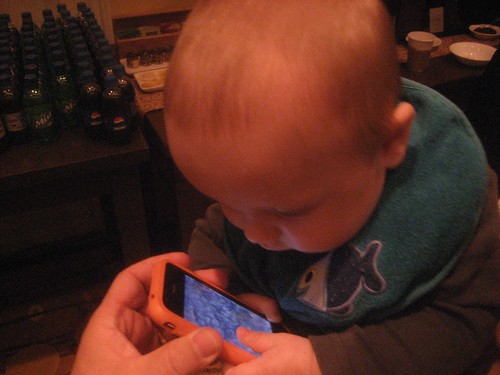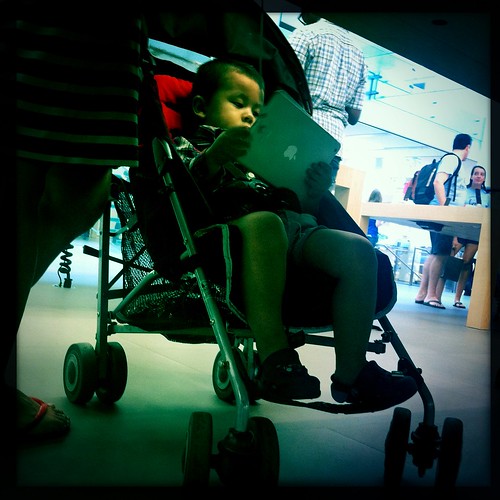JANA Partners and Calstrs have published a pretty amazing open letter calling for Apple to rethink its design of its products, with the aim of making them less addictive to kids.
I suspect it’s published elsewhere, but the original is at Think Differently About Kids, and is the first manifesto I’ve ever seen that requires you acknowledge a disclaimer first.
There are a couple interesting thing here. The first is the argument they make that helping people be more mindful in their technology use, and developing more subtle and useful tools for helping parents control their kids’ device use, would establish Apple as market leader– or rather confirm it as the leader it already is:
we believe there is a clear need for Apple to offer parents more choices and tools to help them ensure that young consumers are using your products in an optimal manner. By doing so, we believe Apple would once again be playing a pioneering role, this time by setting an example about the obligations of technology companies to their youngest customers. As a company that prides itself on values like inclusiveness, quality education, environmental protection, and supplier responsibility, Apple would also once again be showcasing the innovative spirit that made you the most valuable public company in the world.
Later, they argue that Apple should get on this because the zeitgeist is shifting:
It is true that Apple’s customer satisfaction levels remain incredibly high, which is no surprise given the quality of its products. However, there is also a growing societal unease about whether at least some people are getting too much of a good thing when it comes to technology, which at some point is likely to impact even Apple given the issues described above. In fact, even the original designers of the iPhone user interface and Apple’s current chief design officer have publicly worried about the iPhone’s potential for overuse, and there is no good reason why you should not address this issue proactively.
As a parent of two quite technology-happy kids, it often struck me how few good tools exist for helping parents help kids learn to use digital devices and social media well.
At the same time, I think this is one of those things that’s really hard to implement: it’s easy to talk about wanting kids to use technology better or be less attached to it, for example, but hard to design for that. Further, lots of the problems we worry about with “technology” are really social problems, or human ones. And I think that technology companies are just as addicted to persuasive design as their users: it feels like too easy a toolkit to use, and there are too many examples of companies that.
Still, after years of talking about technology, addiction, and distraction, it’s good to see this getting some traction.

